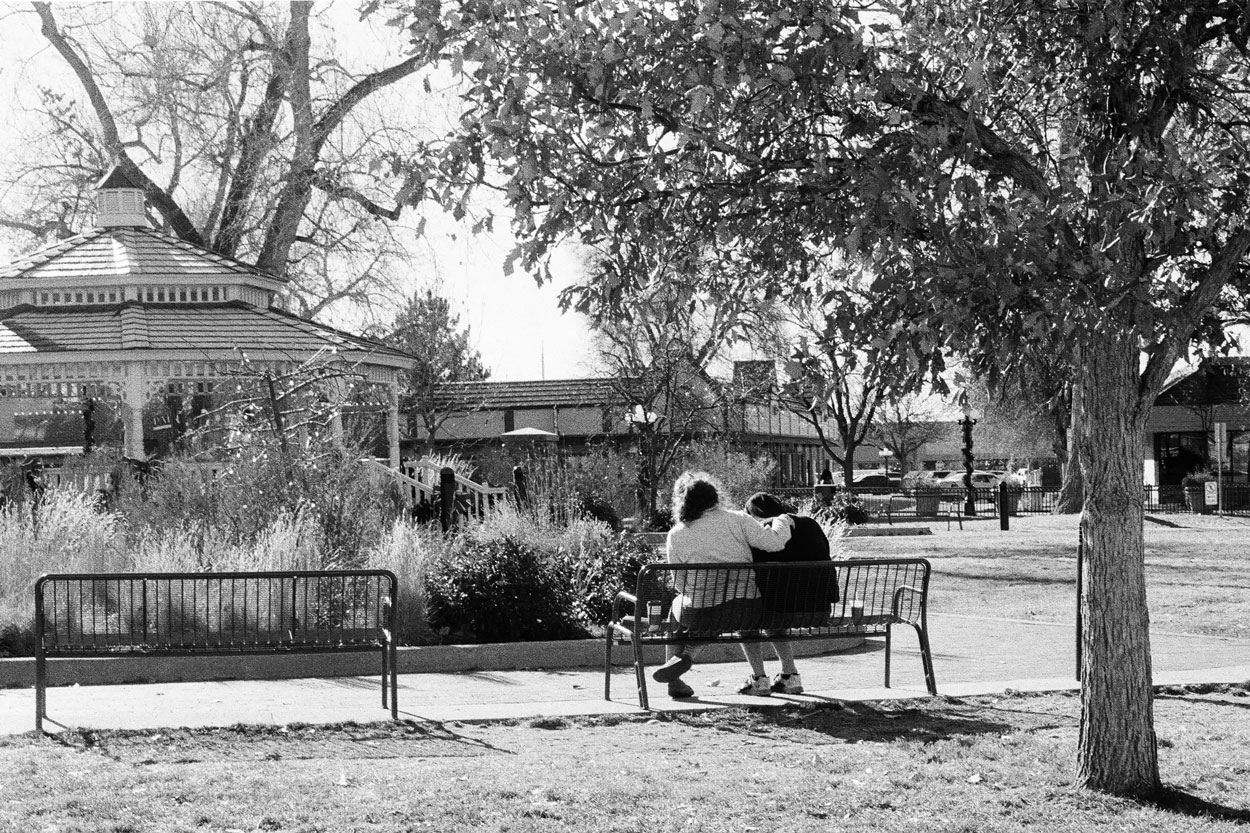Today’s Post by Joe Farace
“There are three types of lies — lies, damn lies, and statistics.”― Benjamin Disraeli
“Facts are stubborn things, but statistics are pliable.”― Mark Twain
Nerd Score recently conducted a study of more than 2,500 Americans and found that 59% of people they asked regularly use photo editors before posting images online. They further found that “The number one reason for editing photos was insecurity.”
According to Web MD, insecurity is a feeling of inadequacy (not being good enough) and uncertainty. It produces anxiety about your goals, relationships, and ability to handle certain situations.
To put these finding in perspective, I tried to discover what percentage of the population were either an amateur or professional photographer and that proved challenging with some surveys counting everyone who owned a smartphone* as a “photographer.” But if you apply common sense, horse sense or any other kind of sense, I expect the percentage of those surveyed, that any of us would consider a photographer, would be quite small. I think this throws their “insecurity” statement out the window, at least as far as photographers are concerned. But that doesn’t mean there aren’t times in our lives when we might be challenged to capture something we may be less than comfortable doing, for instance…
Photographing Outside Your Comfort Zone
When I was an adult student at the Maryland Institute, College of Art in Baltimore, one of my professors—the legendary Jack Wilgus—gave us an assignment to photograph “people we know and people we didn’t know.” At that time I wasn’t a people photographer—that was to come later—but while I enjoyed the first part of the assignment, even making a nice portrait of my 90-year old neighbors, the thought of photographing strangers terrified me.
I gave it a try when I was working in Washington DC by photographing people who were interacting with one another in Lafayette Square, a park that’s across the street from the White House. On June 22, 2020, protestors attempted to tear down the statue of Andrew Jackson that sits at the center of the square and following this incident, Lafayette Square was closed to the public, so I couldn’t do that today.
An interesting (or not) side note about that series of images: I photographed all of the people I knew using a square format, medium format Mamiya C-33 and 80mm lens. On the other hand, I photographed all of the people I didn’t know using a Minolta SR-1 35mm SLR and 135mm f/3.5 lens. All of the images in both series were shot on Kodak Tri-X black & white film because, after all, I was attending an art school.

I could readily find any of those image from that original series of photographs but if I do, I may post them here if anyone is interested. But I recently made the above image—also shot on film— in Parker, Colorado’s O’Brien Park as an homage to one of those Lafayette Square photos but this one has a different and, to me, a sadder mood. The image is somewhat cropped but is otherwise as it came off The Darkroom‘s scanner. No editing. I didn’t get any closer with my Canon AE-1 and 50mm lens because I didn’t want to impose my presence on the people being pictured. This is probably the main reason I’m not a street photographer but I greatly admire practitioners of the art form, like my friend Mason Resnick.
PS: Just a reminder: My video Why Film, Why Now is live now on my YouTube channel, Joe Farace’s Videos, featuring a look at a my reasons and philosophy about why I’m a film photographer.
If you would like to send me another kind of film to review or any other stuff that could be used for these posts and my videos you can mail it to: Joe Farace, PO BOX 2081, PARKER, CO 80134